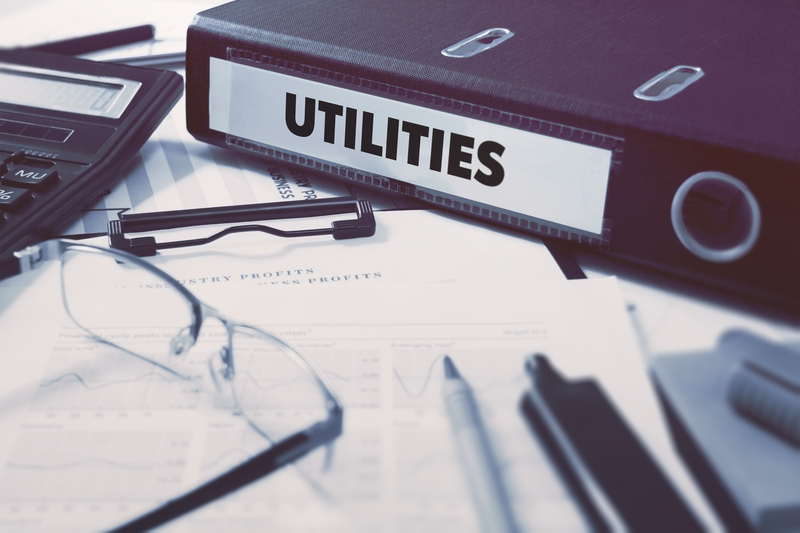The dangers of DIY piano relocation
Posted on 11/11/2024
Pianos are not only valuable and expensive musical instruments, but they also hold a sentimental value for many families. However, there may come a time when you need to relocate your piano from one place to another. With the rising costs of professional piano movers, many people are tempted to take on the task themselves in order to save some money. While this may seem like a feasible option, it is important to understand the potential dangers that come with DIY piano relocation.
The Risks Involved
Moving a piano is not as simple as lifting and carrying it from one room to another. Pianos are incredibly heavy and delicate instruments that require special care and handling. Without proper knowledge and experience, attempting to move a piano yourself can lead to serious injuries or damage to the instrument.
One of the biggest risks involved in DIY piano relocation is personal injury. Pianos can weigh anywhere from 300 to 1000 pounds, depending on their size and type. Trying to lift such a heavy object without the right equipment and techniques can result in strained muscles, back injuries, or even broken bones. This risk is amplified if you do not have anyone to assist you, as pianos require at least four people to move safely.
Moreover, pianos are complex instruments with many internal working parts that can be easily damaged during transportation. The intricate inner mechanisms that produce the beautiful sound of a piano are sensitive and easily affected by bumps or jolts. Any damage to these parts can significantly impact the quality of sound produced by the instrument.

Tips for Safe Piano Relocation
If you still choose to move your piano yourself, here are some tips to minimize the risks involved:
1. Gather the necessary equipment - Moving a piano requires specialized equipment such as straps, dollies, and padding. Make sure you have all the necessary tools before attempting to move your piano.
2. Avoid using household items - Do not use regular household items such as ropes or blankets to move your piano. They are not designed for this purpose and may cause damage.
3. Protect the piano - Wrap the piano in thick padding to protect it from scratches or dents during transportation.
4. Use proper lifting techniques - When lifting a piano, make sure to bend your knees and keep your back straight to avoid injury.
5. Move slowly and steadily - Do not rush while moving a piano. Take your time and move slowly to prevent any accidental drops or mishaps.
The Pros and Cons
While DIY piano relocation may seem like a cost-effective option, it is important to weigh the pros and cons before making a decision.
Pros:
- Saves money on professional movers
- Gives you control over how the piano is handled
- Can be a learning experience for future relocations
Cons:
- Risk of personal injury
- Potential damage to the instrument
- Costly repairs if anything goes wrong

The Takeaways
Relocating a piano requires expertise, proper equipment, and experience. If you do not possess all three, it is best to leave the job to professionals. The risks involved in DIY piano relocation are simply not worth it when compared to the cost of hiring trained and insured movers.
Moreover, if you decide to hire professionals, make sure they have experience specifically with moving pianos. Ask for recommendations and check their credentials before entrusting them with your valuable instrument.
Conclusion
In conclusion, while it may seem like an attractive option to save some money by moving your piano yourself, the potential dangers that come with it should not be ignored. It is always better to err on the side of caution when it comes to handling delicate and heavy objects like pianos. Therefore, consider hiring professional piano movers for a safe and hassle-free relocation experience.







